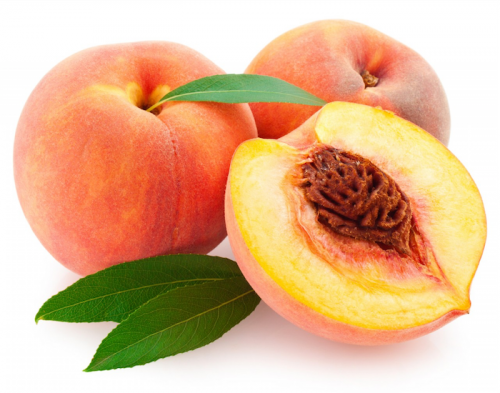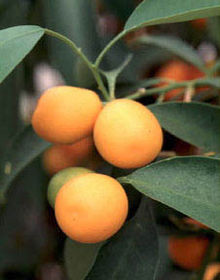WITH increased demand for fruit trees and the number of people growing their own vegetables, it’s no surprise to learn that the demand for community gardens is astounding.
Even with our seemingly vast open spaces in Canberra, our “town council” seems unable to meet the demand and make new sites available for community gardens.
In the early days of Canberra and Queanbeyan, many migrants arrived from Europe, particularly Greeks and Italians. Many came from farming areas yet were very good at growing fruit trees, knowing how to graft, propagate and cross pollinate.
But the second and third generations of migrant families started to lose interest in growing fruit and vegetables and by the ‘90s, the sale of fruit trees had significantly fallen.
And building blocks have become progressively smaller to the extent that today many people find it easier to trot along to a farmer’s market than grow their own.
A DEVELOPMENT in growing fruit trees on dwarf root stocks has meant that many fruit trees are suited for the small garden.
Alternatively, they can be grown in large containers. This is possible even on reasonably sized balconies with plenty of sun.
A “dwarf” fruit tree doesn’t mean the fruit is dwarf. For instance, the Fleming’s Nurseries’ range of Trixzie miniature fruit trees will produce full-size fruit from as early as two years.
A couple of examples: Trixzie “Gala” apple will grow to just 2m x 2m and, for cross pollination, use Trixzie “Pink Lady”. Take into account that apples, pears, plums and cherries require a second tree for the bees to cross pollinate. It’s important that these fruit trees flower at the same time or the bees get totally confused.

I’ve always been intrigued that when talking about “fruit” trees the topic doesn’t include “citrus” trees.
Many citrus trees are ideal for container growing and the “Meyer” lemon is possibly the best for containers.
Keep in mind all fruit trees require full sun and, for plants in containers, watering and feeding cannot be neglected.
Don’t use saucers under a container as they inhibit drainage and can cause root rot. But if you must, fill the saucer with pebbles and sit the container on top of the pebbles. Naturally, this is applicable to all pot plants.
With the exception of citrus, most fruit trees will not arrive in garden centres until about June, but now’s the time to start thinking about where to plant them. Most garden centres have catalogues to assist with selection.

THE “Mayfield Garden” at Oberon is fast becoming one of Australia’s great gardens.
Millions of dollars have been spent on this amazing garden. The good news is that it is on the Horticultural Society of Canberra’s next bus trip, a two-day tour with an overnight stop on October 25-26. Early bookings are recommended and full details from emailing canberragardener@gmail.com.au or calling 6281 4041.
Jottings…
- It’s an ideal time to lay turf with cooler weather and less watering required.
- Rake leaves off lawns and from the tops of small hedges.
- Plant rhubarb in soil into which plenty of organic matter/cow manure has been added.
- Move containerised citrus out of possible early frosts, under eaves or a carport.
Who can be trusted?
In a world of spin and confusion, there’s never been a more important time to support independent journalism in Canberra.
If you trust our work online and want to enforce the power of independent voices, I invite you to make a small contribution.
Every dollar of support is invested back into our journalism to help keep citynews.com.au strong and free.
Thank you,
Ian Meikle, editor




Leave a Reply